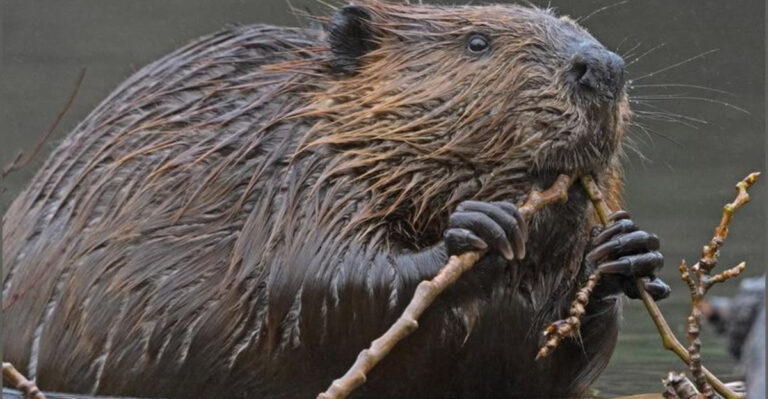12 U.S. States Where You Currently Have A Chance To See A Wolf
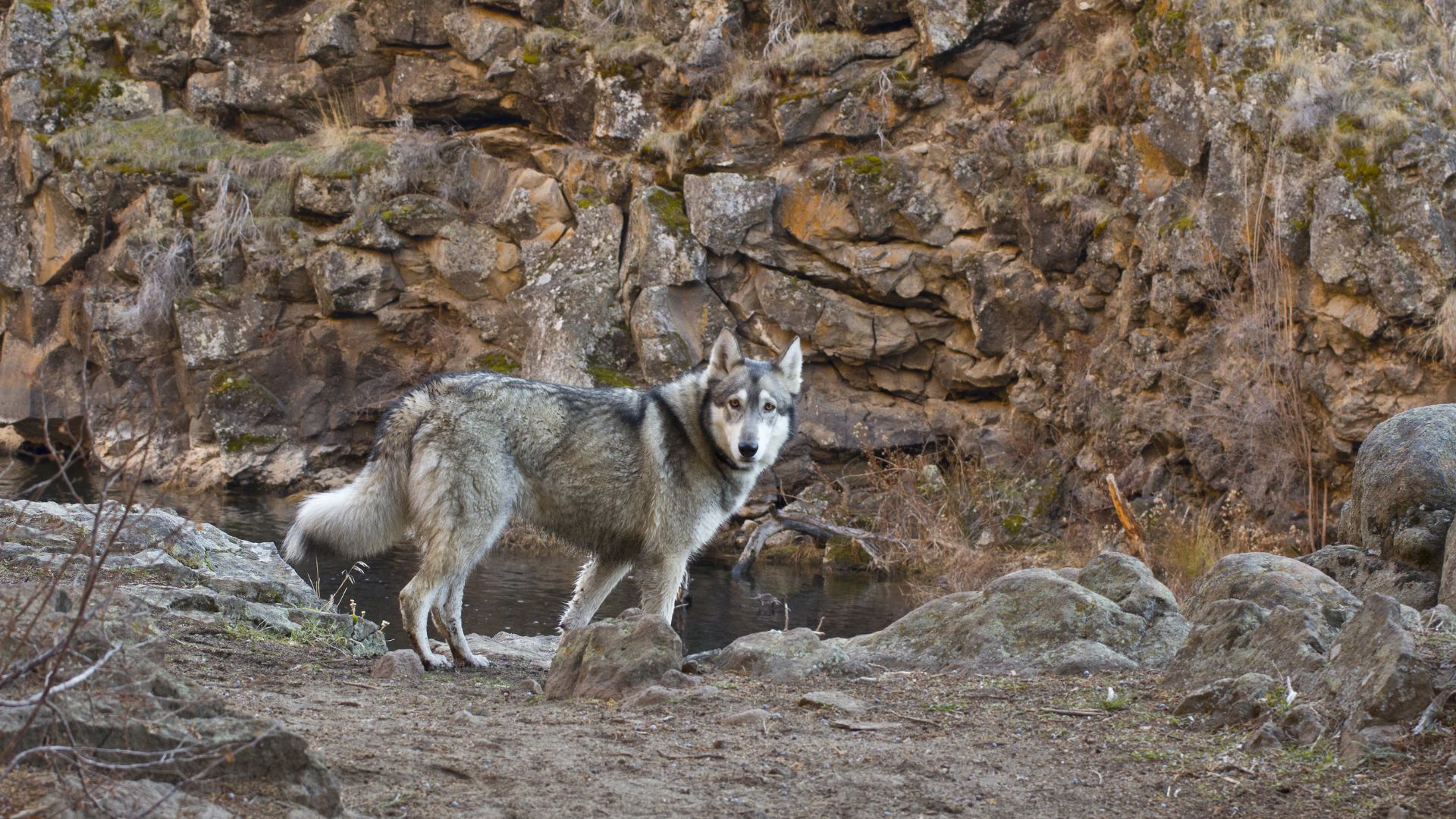
Wolves are amazing animals that once used to roam all over North America. Although their numbers went down because of people moving into their habitats and hunting them, efforts to protect them have helped some populations grow again.
So, let’s take a look at states where you might see these sneaky hunters, along with how many wolves are estimated to live in each place.
1. Alaska
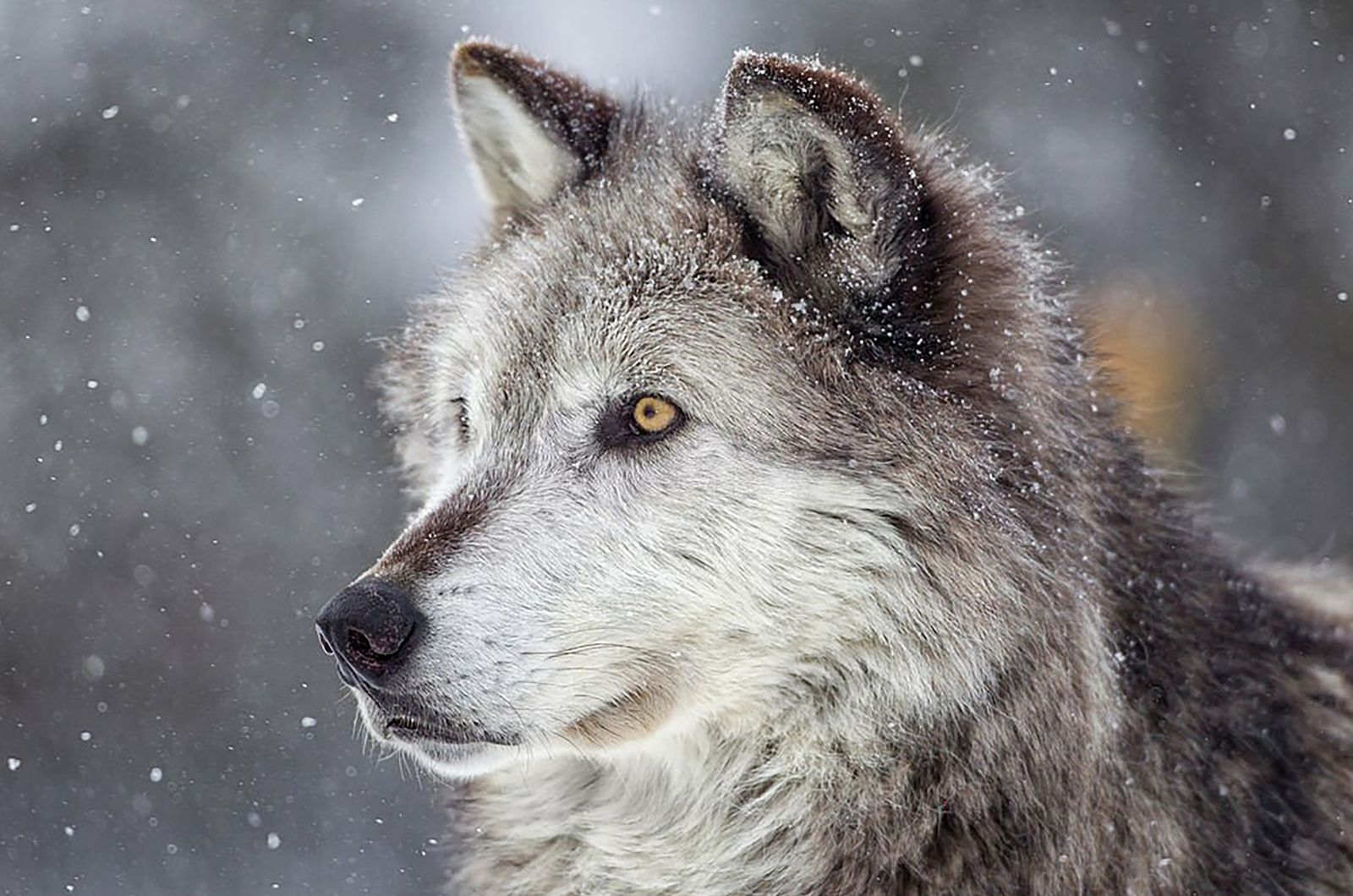
Estimated Wolf Population: 7,000 – 11,000
Alaska is like a dreamland for wolves, with its beautiful landscapes and wild nature. It has the biggest wolf population in the U.S. because there are so many open spaces, plenty of food, and not too many people around.
The northwestern wolf, which is known for being big and strong, does really well in this wild state. These wolves are super flexible and can live in different types of environments, from thick forests to wide-open tundras.
2. Arizona
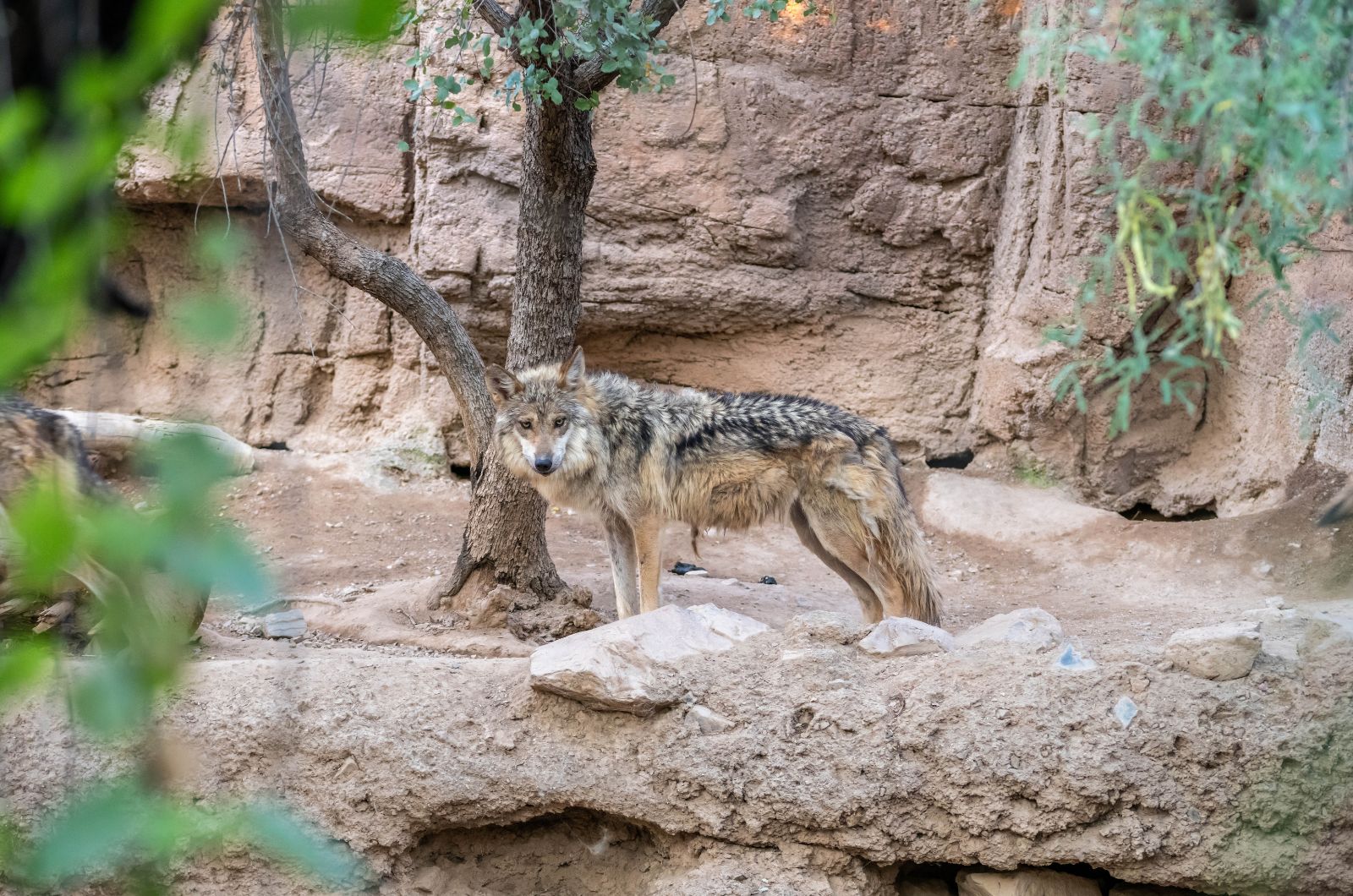
Estimated Wolf Population: Around 113
You might be surprised to learn that Arizona has a notable wolf population. The Mexican gray wolf, a type that was nearly extinct, has bounced back impressively in this state.
These wolves are very social and usually live in packs made up of a breeding pair and their young. They are skilled hunters and can take down animals that are much bigger than they are.
3. California
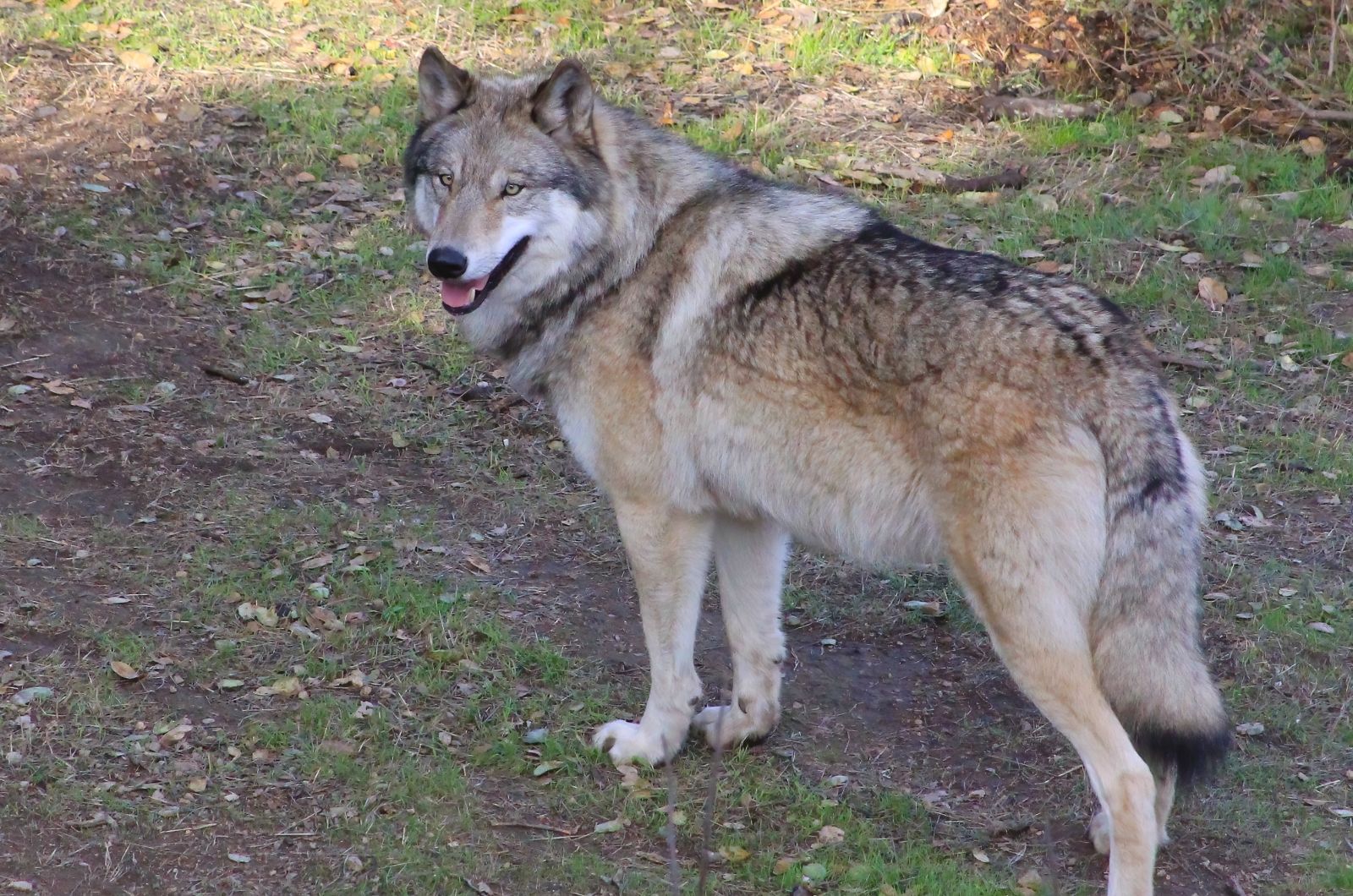
Estimated Wolf Population: Approximately 65
California, famous for its beautiful beaches and busy cities, also has a small but growing number of gray wolves.
These amazing animals are returning to areas they once used to roam. Although it’s not common to see them, there’s always a chance to catch a glimpse of these shy hunters in the state’s wild and remote places.
4. Idaho
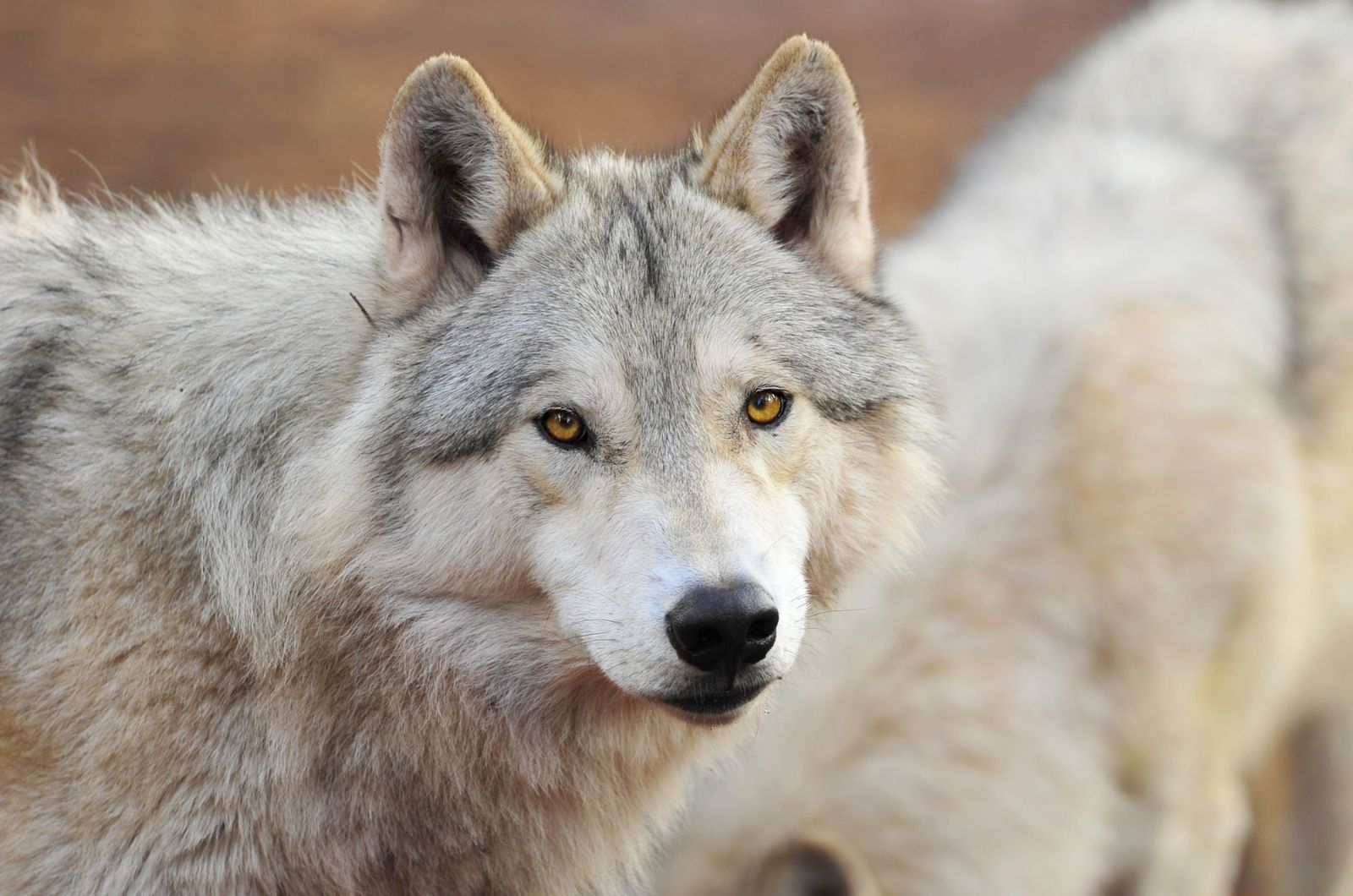
Estimated Wolf Population: Around 1,400
Idaho is like a dream come true for people who love wolves. The state is filled with huge forests, tall mountains, and flowing rivers, making it a perfect home for these top predators.
The northwestern wolf, known for being smart and adaptable, really flourishes in Idaho’s varied environment. These wolves are also very social and live in intricate family groups.
5. Michigan
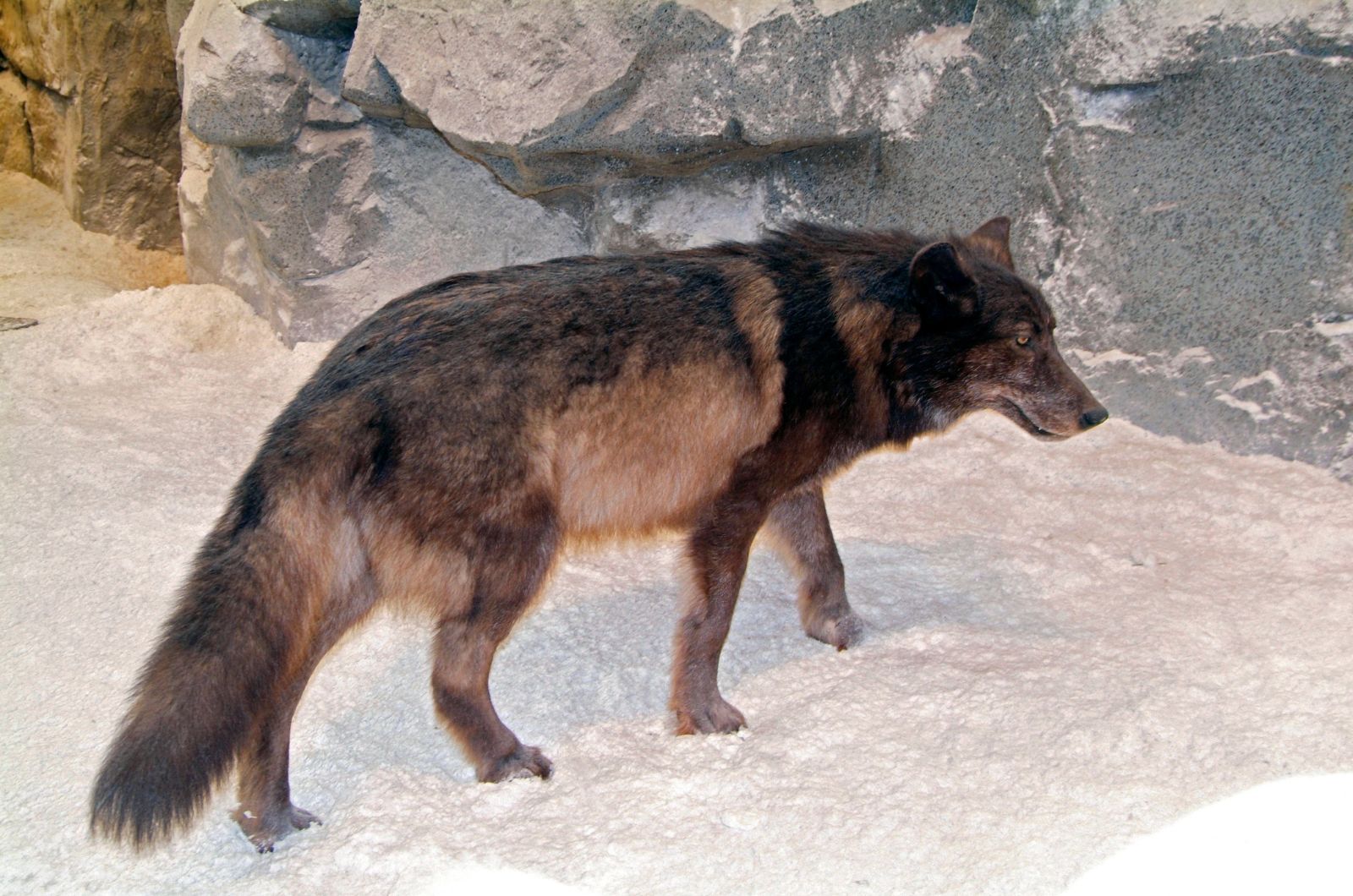
Estimated Wolf Population: More than 700
The Upper Peninsula of Michigan is a secret spot for wolf fans. With its thick forests and plenty of food, this area is an ideal sanctuary for gray wolves.
Although seeing one can be a rare treat, the chance to spot one of these amazing animals adds an exciting thrill to any outdoor trip.
6. Minnesota
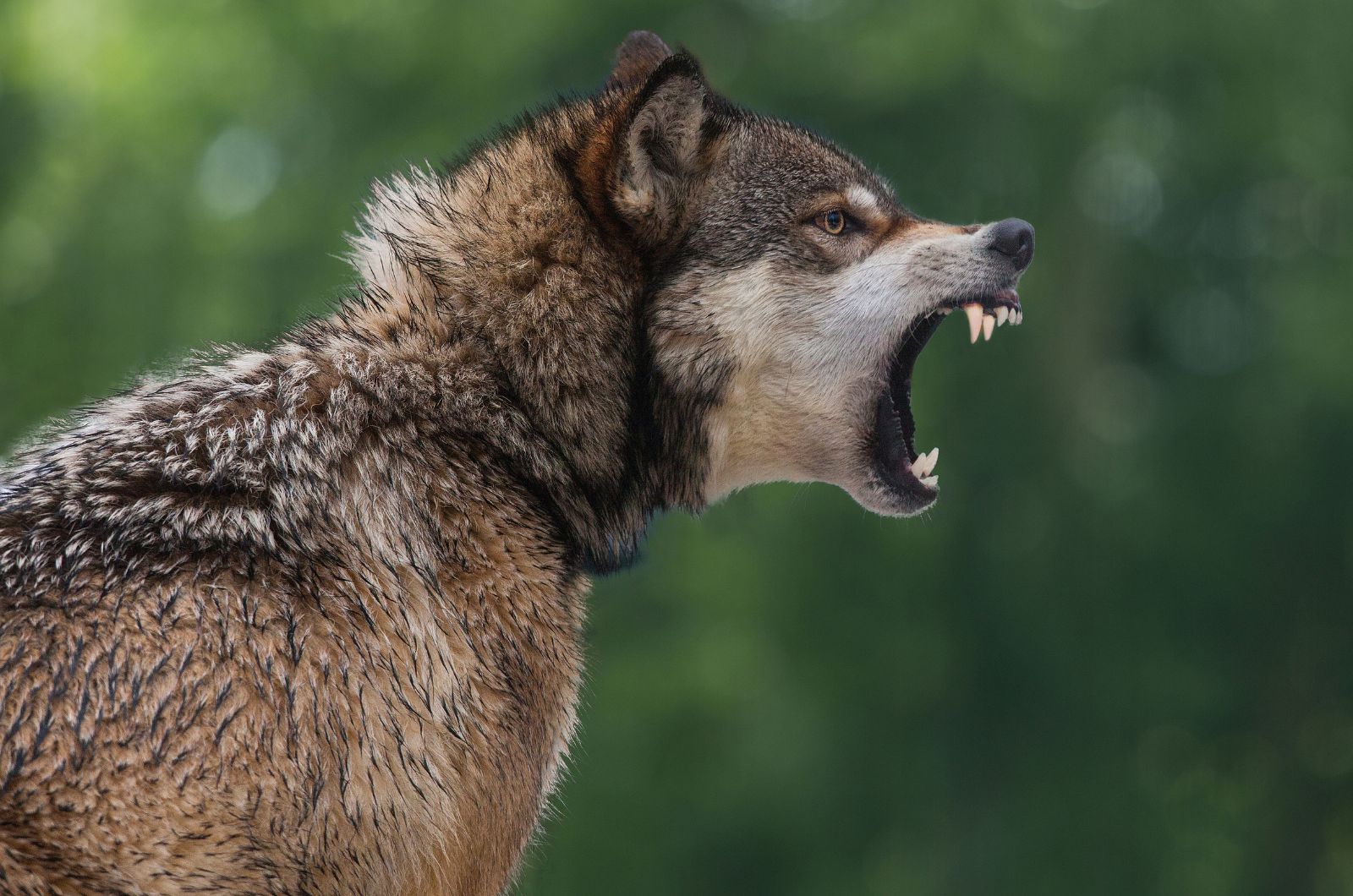
Estimated Wolf Population: More than 2,700
Minnesota is known for having a large number of gray wolves, making it one of the top spots to see these amazing animals.
The state’s huge wild areas, like the Superior National Forest, are perfect homes for wolves. These wolves are really important for keeping nature in balance, as they help control the numbers of animals like deer and elk.
7. Montana
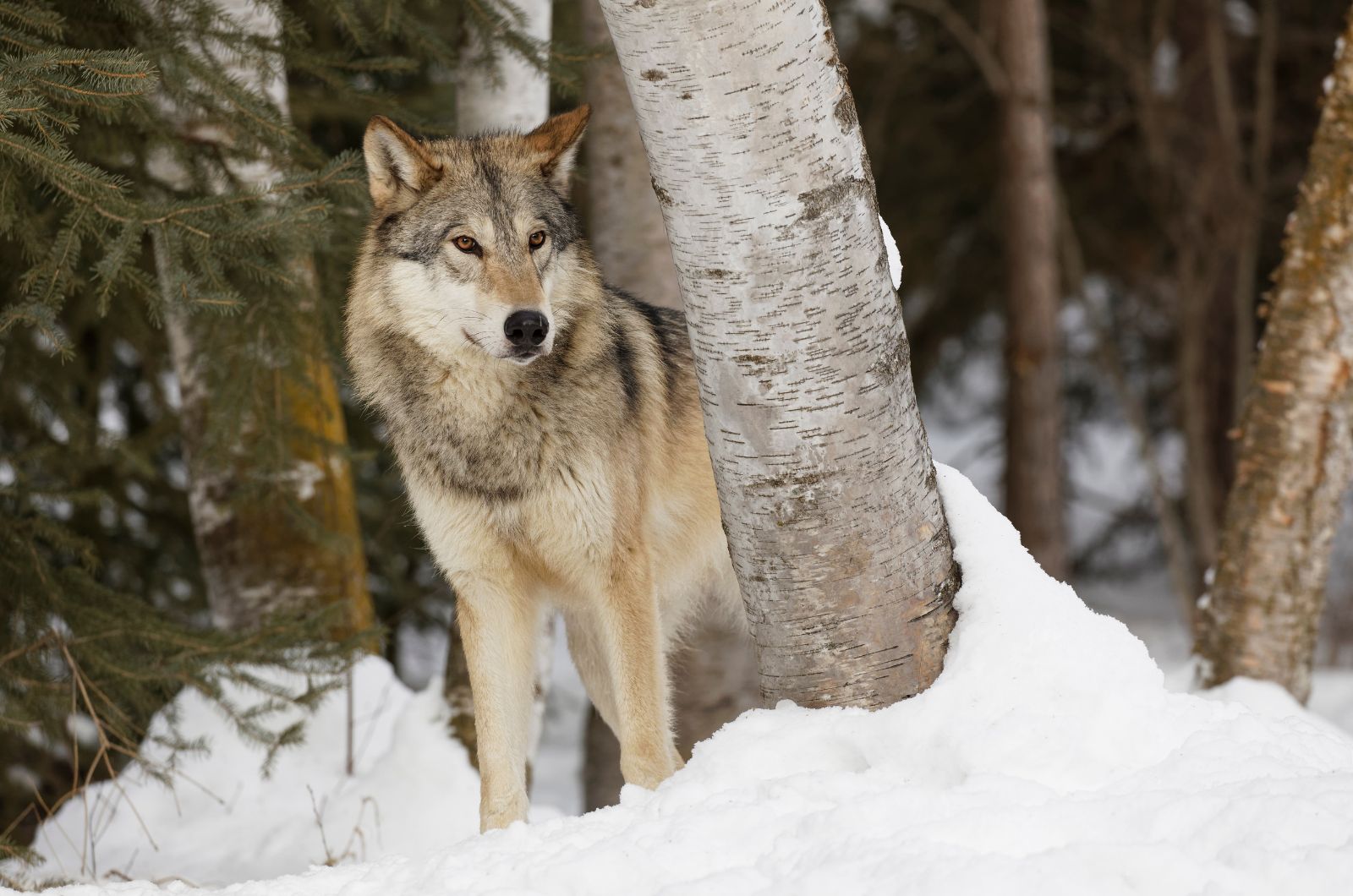
Estimated Wolf Population: Around 1,100
Montana’s beautiful and rough landscapes are great for a healthy wolf population. The northwestern wolf is the most common type found here.
With so much wilderness and plenty of prey, Montana is a fantastic place to catch a glimpse of wolves. Just remember, they are wild animals, so it’s best to watch them from a safe distance.
8. New Mexico
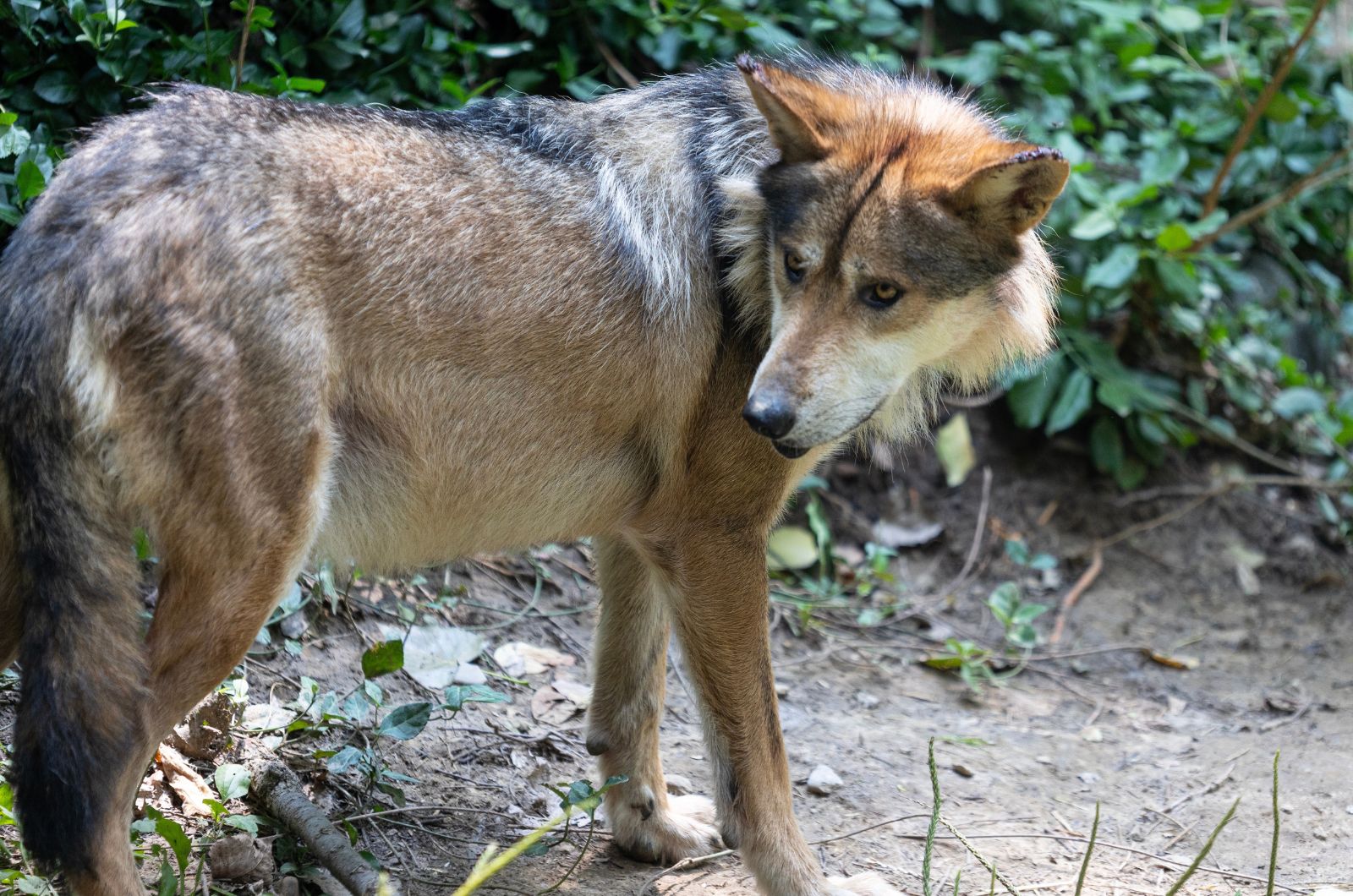
Estimated Wolf Population: About 136
In New Mexico, you can find the Mexican gray wolf, a type of wolf that once almost disappeared forever.
Thanks to conservation programs, their numbers have increased, and now you can see these beautiful animals in the wild parts of the state. Mexican gray wolves are very social and live in groups called packs, where they cooperate to hunt and take care of their pups.
9. Wyoming
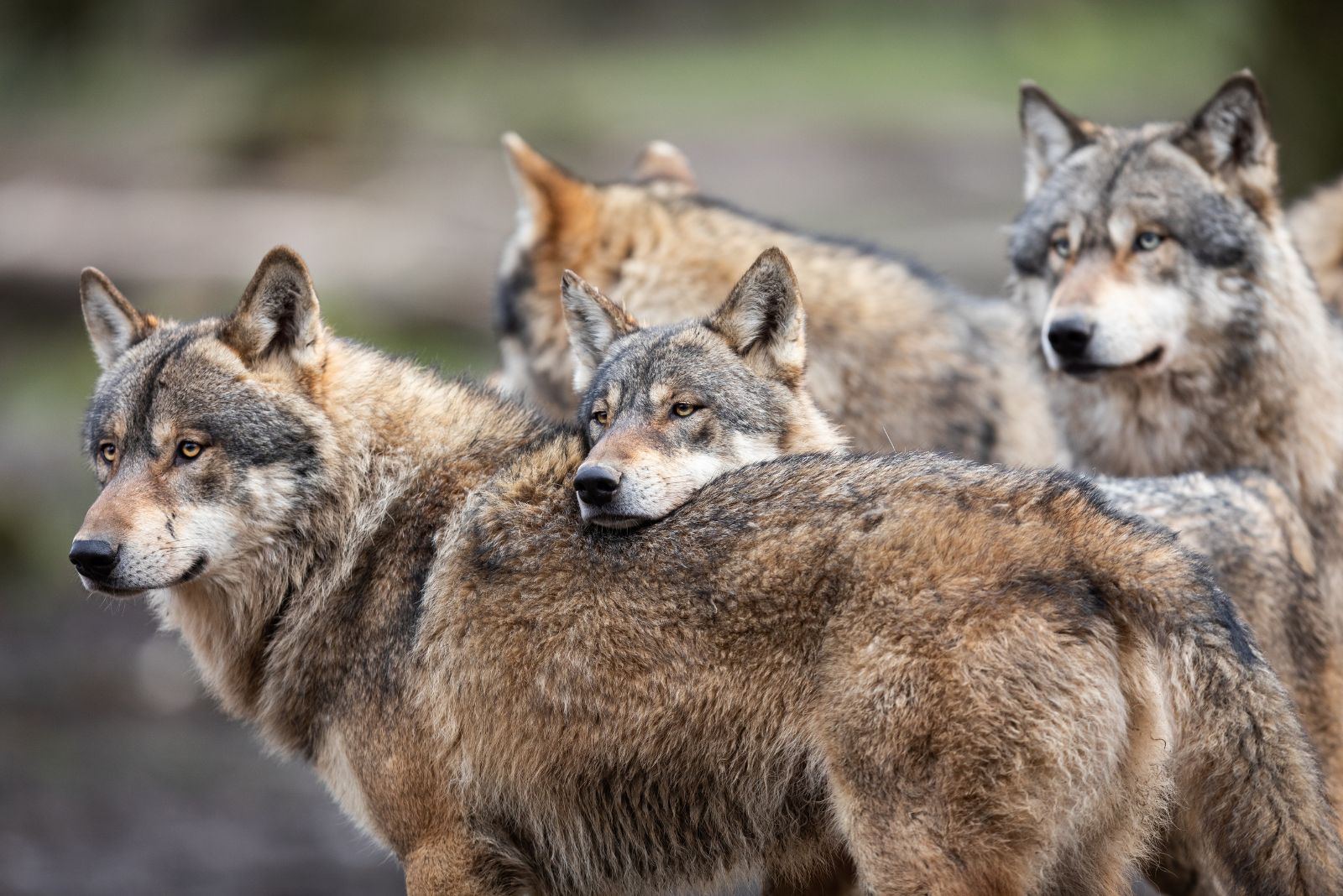
Estimated Wolf Population: about 352
Wyoming, home to Yellowstone National Park, is a haven for gray wolves, where they thrive amidst the rugged landscapes. With abundant prey and protected territories, wolves roam freely in packs, often seen in the park’s Lamar Valley.
This region has become iconic for wolf enthusiasts, offering a rare glimpse into their natural behaviors. Effective management and conservation efforts have ensured Wyoming remains a key stronghold for these majestic predators.
10. Washington
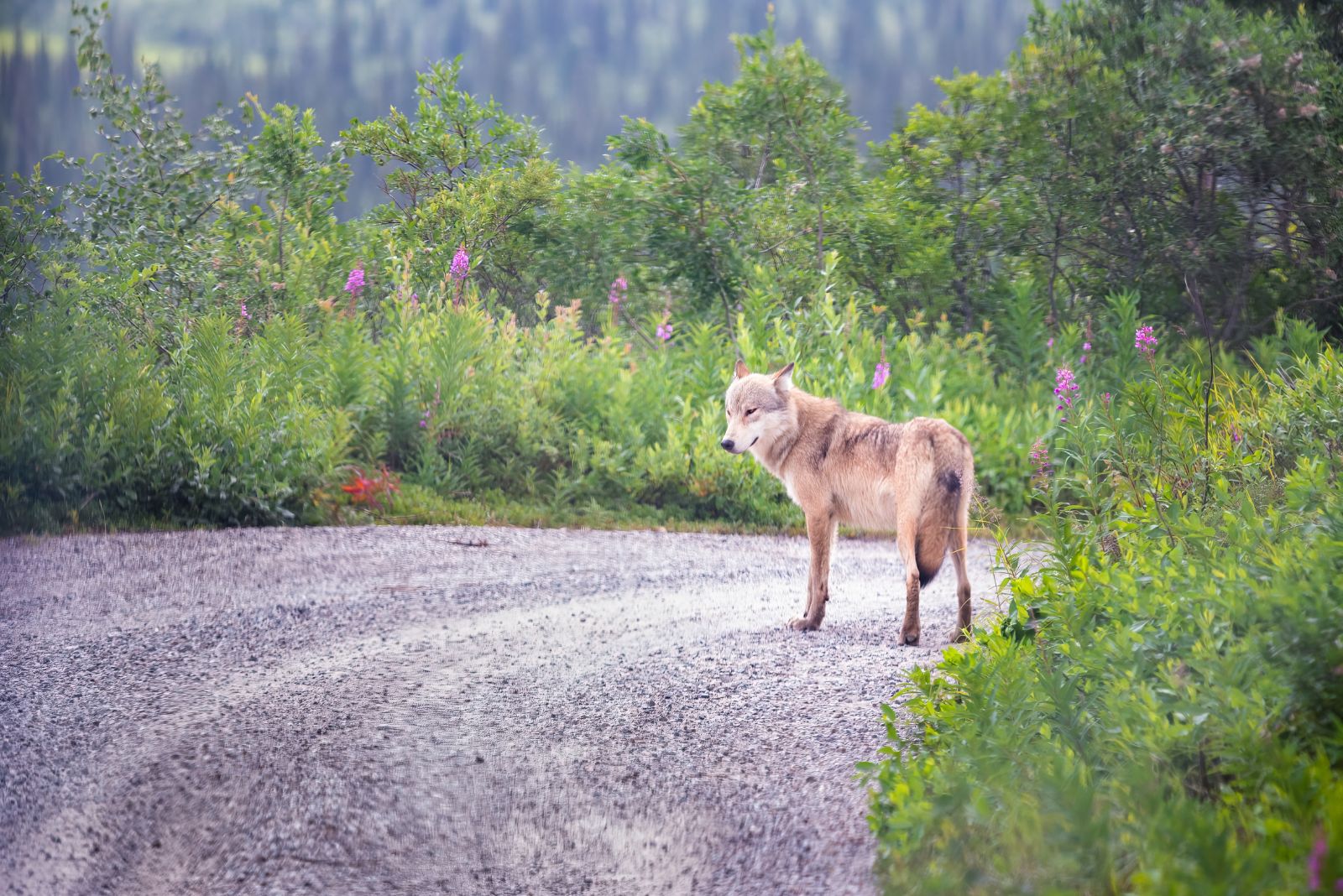
Estimated Wolf Population: about 260
Washington’s diverse ecosystems, from dense forests to rolling hills, provide a perfect backdrop for its growing wolf population. Most packs reside in the northeastern regions, though they are gradually expanding westward.
Conservation success has been driven by non-lethal management and partnerships with local communities, ensuring a balance between wolves and human activity. For wildlife lovers, Washington offers a chance to witness these elusive predators in breathtaking natural settings.
11. Wisconsin
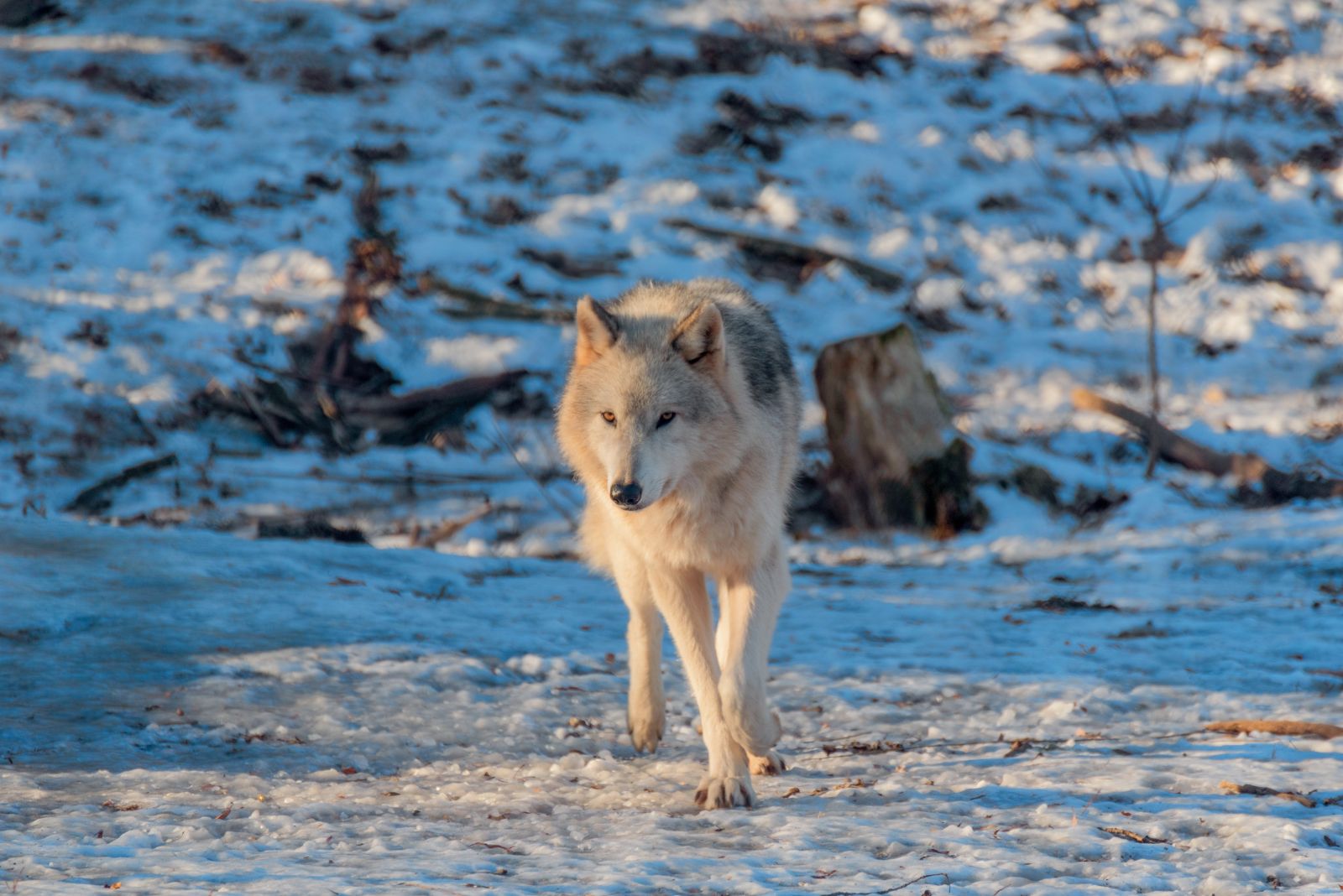
Estimated Wolf Population: 1,000 – 1,200
Wisconsin’s vast Northwoods provide a perfect home for wolves, with dense forests, rivers, and plenty of prey. After nearly disappearing in the mid-1900s, gray wolves have made an impressive comeback thanks to conservation efforts and protected lands.
Most of Wisconsin’s wolves roam the remote northern regions, where they hunt deer and other small mammals. Their eerie howls can sometimes be heard on quiet nights, reminding us that these top predators still thrive in the wild heart of the state.
12. Oregon
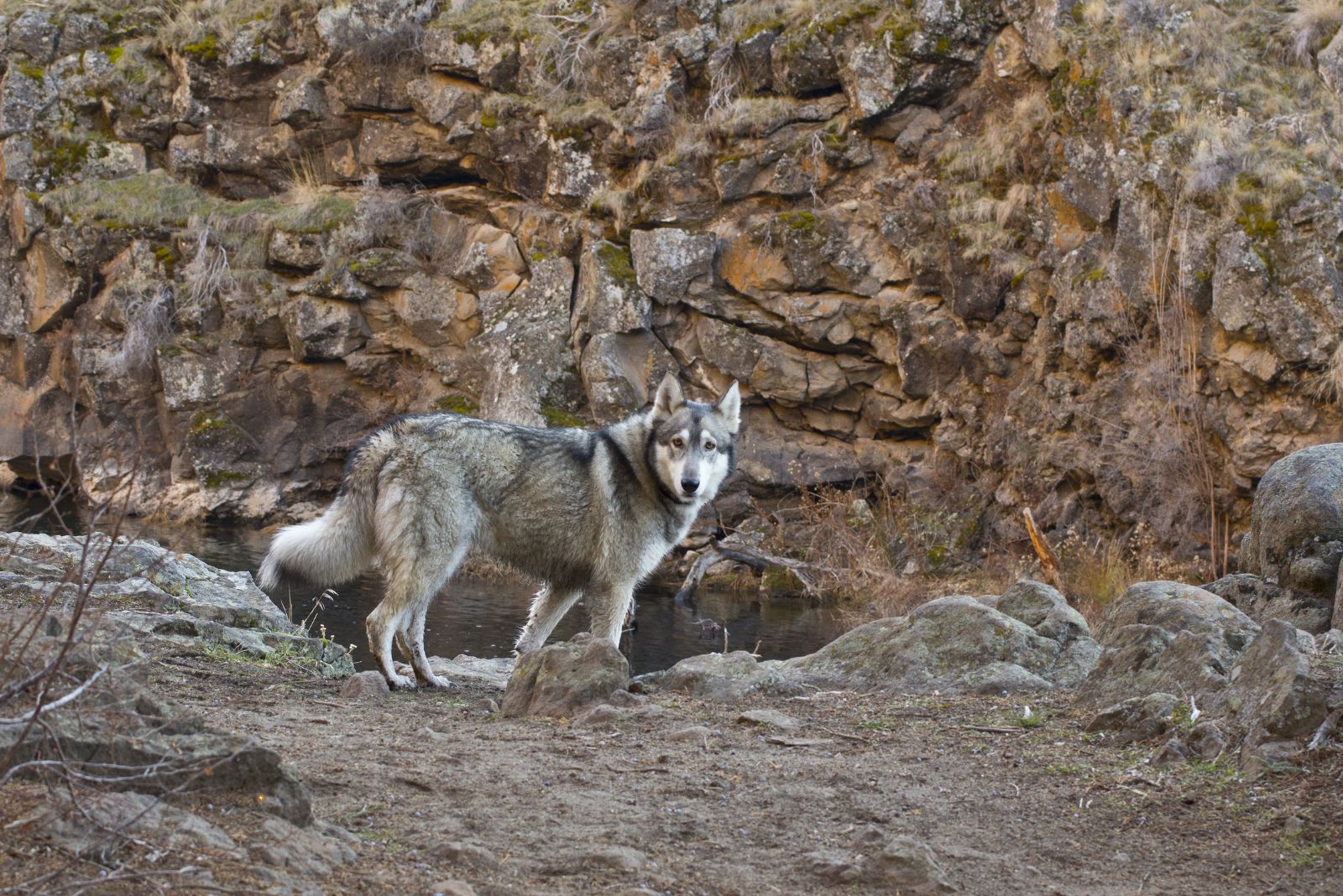
Estimated Wolf Population: 175 – 200
Oregon’s wolves have fought hard for their place in the wild, making a strong return after being wiped out nearly a century ago. Thanks to natural migration from neighboring states and careful protection, wolves have reclaimed parts of eastern Oregon, the Cascade Mountains, and the remote Wallowa region.
These wolves are highly adaptable, living in rugged terrain where elk and deer are plentiful. While their numbers remain small, their presence proves that Oregon’s wilderness is still wild enough for these legendary predators to roam free.






